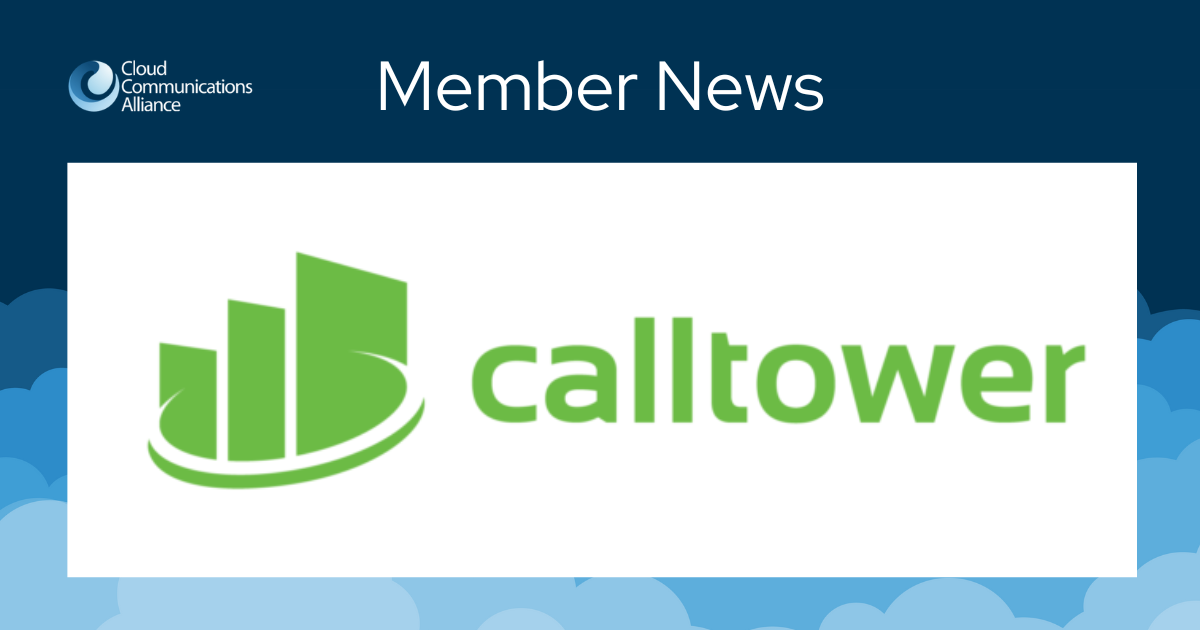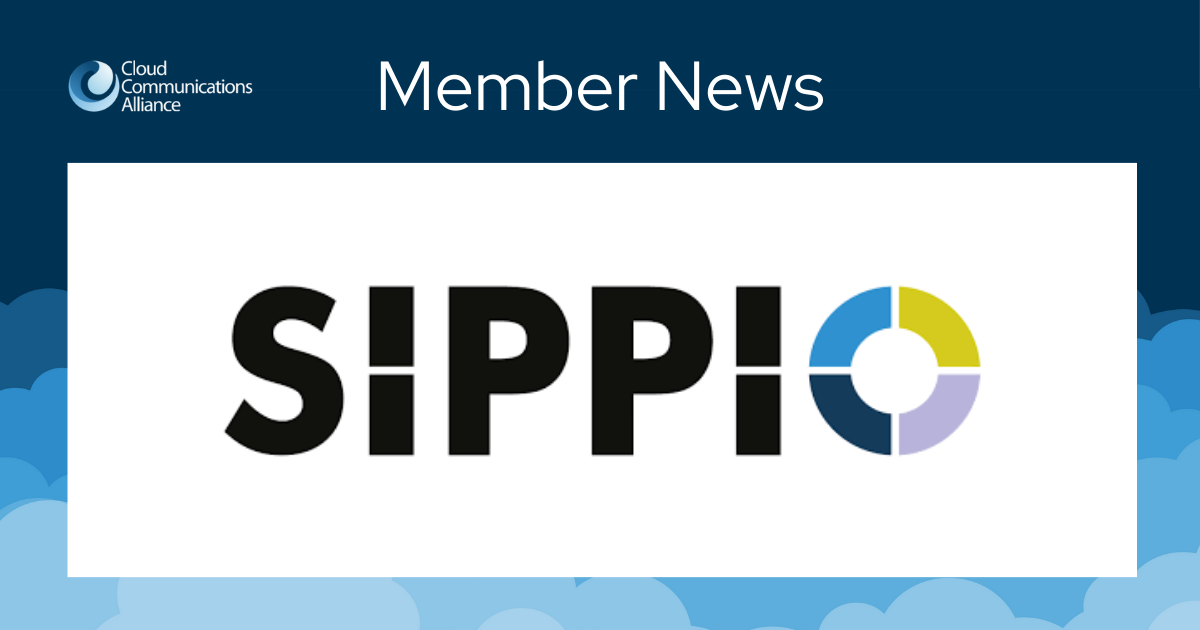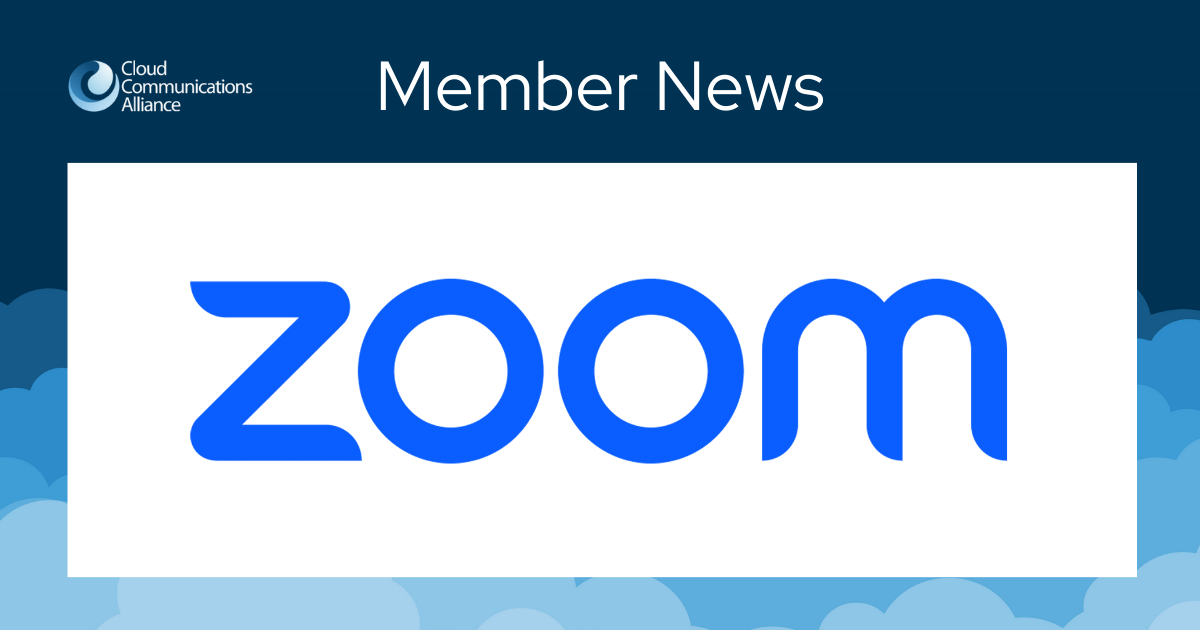After this introduction, Gaubeca went on to talk about self-driving networks, which are based on the concept of the self-guided vehicle . The idea is to design networks that can be managed by themselves with the help of
machine learning and artificial intelligence. These networks should by themselves discover new elements in the network, organize and discover themselves, as well as monitor themselves, automatically detect new clients, configure services and automatically diagnose failures using
machine learning technology . Grupo Aire's CTO explained that the group is already in the network automation phase , implementing non-traditional network event display systems. In this aspect, he explained, the analytics part is very important not only for monitoring, but also for cybersecurity, in order to apply rules. “However, both Grupo Aire and the sector in general should be at a much more advanced and automated point. Ideally, the networks would manage themselves, ”said Gaubeca.
What technologies do we need to reach self-managed networks?
Gaubeca developed five key points:
- Telemetry: it is about receiving information in real time that feeds the decision-making systems. More and more manufacturers are supporting this type of system monitoring.
- Multidimensional vision: not only seeing a problem, but where else there may be it, analyzing different equipment and devices and making decisions. The correlation of events and data from different sources is key for making the most accurate decisions possible, whether focused on the provision or operation of the network itself.
- Automation: it is key. The current methods are based on the standard services that are implemented in modern operating systems. To be able to automate it is very important to have a pseudo language to be able to abstract from the systems.
- Get to a natural language of telling the system what we want to do (declarative intent) . It is something for the future, but we are working on it
- Decision making: based on rules or a defined workflow , systems that can be trained to make smarter decisions. With machine learning it is possible to prepare systems based on experience and allow much more complex decision making than in rule-based systems.



